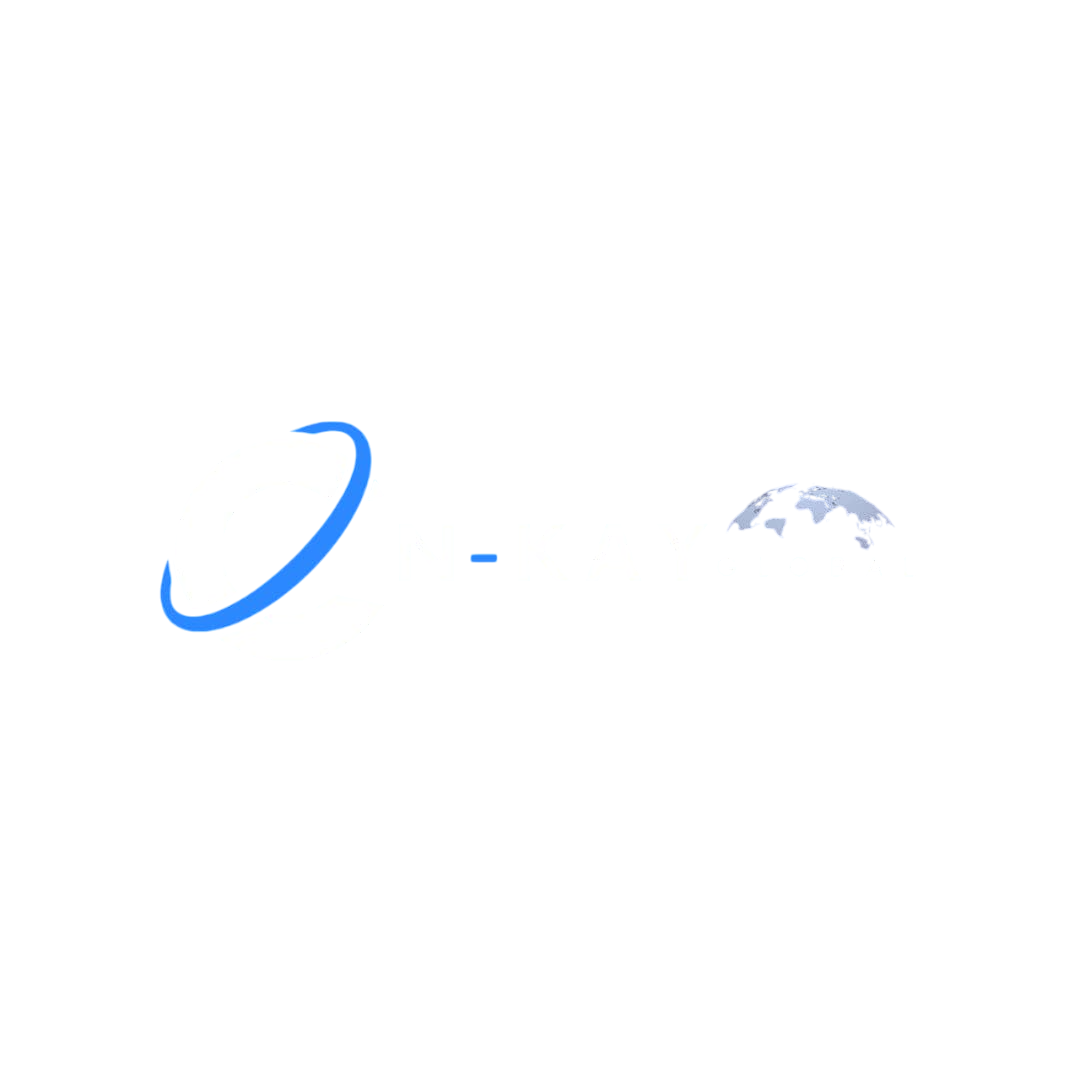Understanding the API Stack: Building Blocks of Modern Digital Experiences
In today’s digital-first world, application programming interfaces (APIs) have become the backbone of software development. Whether you’re streaming a movie, ordering food online, or using a mobile banking app, APIs are silently powering your digital experiences. At the heart of this API-driven landscape lies the API Stack — a layered approach to building, deploying, and managing APIs efficiently.
What is an API Stack?
An API stack refers to the set of tools, technologies, and practices used to create, manage, secure, and monitor APIs. Like a traditional software stack, the API stack is composed of multiple layers, each serving a unique function in the API lifecycle.
Why is the API Stack Important?
- Streamlined Development: Encourages consistency and scalability.
- Better Collaboration: Facilitates teamwork across frontend, backend, and DevOps teams.
- Enhanced Security and Monitoring: Centralizes governance and observability.
- Faster Time-to-Market: Supports agile deployment of API-driven services.
Key Components of the API Stack
1. API Design & Specification Layer
Before coding begins, defining how the API will look and behave is crucial. This involves:
- OpenAPI (Swagger): A widely used specification for defining RESTful APIs.
- GraphQL SDL (Schema Definition Language): For designing GraphQL APIs.
- Postman/Stoplight/Insomnia: Tools to visualize and document the API design.
Goal: Create clear, standardized, and consumer-friendly APIs.
2. API Development Layer
This is where developers write the actual code for the API. Popular frameworks and languages include:
- Node.js, Python (Flask/Django), Java (Spring Boot), Go
- Serverless platforms (e.g., AWS Lambda, Google Cloud Functions)
Goal: Develop robust, scalable, and maintainable APIs.
3. API Gateway & Routing Layer
An API Gateway acts as a front door for all incoming API requests. Key tools:
- Kong, Amazon API Gateway, Apigee, NGINX, Azure API Management
Functions include:
- Request routing
- Rate limiting and throttling
- Authentication and authorization
- Load balancing
Goal: Control traffic, enhance performance, and improve security.
4. API Management Layer
This layer provides enterprise-level governance and monitoring of APIs:
- Tools: Apigee, AWS API Gateway, MuleSoft, Tyk
- Functions:
- API monetization
- Developer portals
- Analytics and reporting
- Lifecycle management
Goal: Ensure APIs are discoverable, secure, and valuable to internal and external users.
5. Security & Authentication Layer
Security is integral across the stack. Common methods include:
- OAuth 2.0 / OpenID Connect
- API Keys
- JWT (JSON Web Tokens)
- Rate limiting and IP whitelisting
Goal: Protect APIs and user data from abuse and attacks.
6. Monitoring & Observability Layer
Once deployed, APIs need to be monitored for uptime, performance, and usage.
- Tools: Prometheus, Grafana, Datadog, New Relic, ELK Stack
- Metrics Tracked:
- Latency
- Error rates
- Throughput
- SLA adherence
Goal: Gain insights and rapidly detect and resolve issues.
7. Testing & Documentation
Good APIs are tested rigorously and well-documented.
- Testing Tools: Postman, Newman, Jest (for JavaScript), PyTest
- Documentation Tools: Swagger UI, Redoc, Slate
Goal: Ensure reliability and promote adoption.
Conclusion
The API Stack is a powerful framework that enables organizations to build and scale digital products faster and more efficiently. As businesses continue to embrace microservices, serverless computing, and distributed architectures, a well-structured API stack becomes not just a technical necessity but a strategic advantage.
By understanding and implementing each layer of the stack thoughtfully, teams can create secure, high-performance APIs that are easy to manage, scale, and innovate on.
